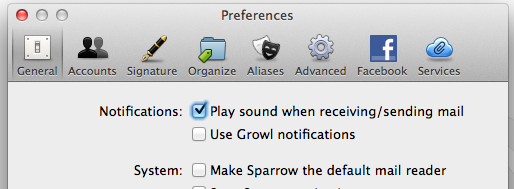
Over time, I've noticed other apps also offer similar quick open palettes.

With this palette, I can trigger this shortcut and just type the name (or partial name) of something I want to open without needing to navigate the interface. Command+P EverywhereĪs a long time Sublime Text user, I couldn't imagine life without ST's Quick Open Palette, which is triggered with Cmd+P.
#HAMMERSPOON SPOON EXAMPLE HOW TO#
We are going to learn how to train our keyboards to map the key combos you want to use to the key combos the apps on your computer expects. And some apps provide keyboard shortcuts without offering any way to override them, or worse, don't even offer keyboard shortcuts at all. Many other apps expose shortcuts through menus that can be overridden at the system level, but this gets tedious if you you have more than a few shortcuts you want to override. The apps that are easiest to customize explicitly allow users to declare keyboard shortcuts in the settings. It may require extra research to apply these principles to non-Mac computers.

Tools do exist to accomplish the same results on other operating systems. Note for Windows and Linux users: While the principles outlined here are universal, the tools are Mac only.
#HAMMERSPOON SPOON EXAMPLE INSTALL#
We'll start by learning how to install and configure the required apps, then, later on, I'll introduce the system of keyboard shortcut organization I use every day. We are going to walk through creating a system to bring uniformity to our apps with a single set of keyboard shortcuts. What if you could eliminate that switching cost? What if switching apps, rather than forcing you to learn new shortcuts, instead reinforced your muscle memory for the shortcuts you already know? In short, what if all of your apps felt the same? So, what happens when you try out a new app, and its keyboard shortcuts don’t align with your muscle memory? You could work on memorizing a whole new set of shortcuts, but then you face a cost of switching every time you change apps. You've likely memorized many of the shortcuts of your most used apps and, somewhere during this process, repetition has given way to muscle memory, making these shortcuts feel like second nature. But you're probably also aware that most of the apps you use on a daily basis provide keyboard shortcuts to increase the efficiency of routine tasks. You likely use a combination of your mouse and keyboard to interact with your computer throughout the day. If you’re reading this, odds are you work on a computer.


 0 kommentar(er)
0 kommentar(er)
